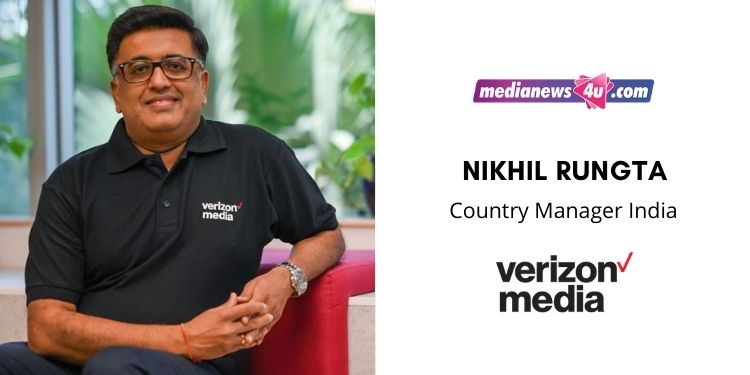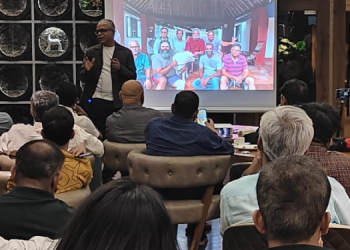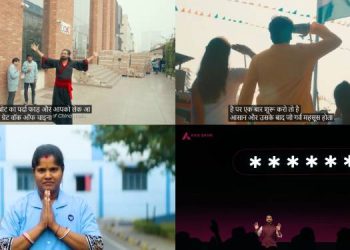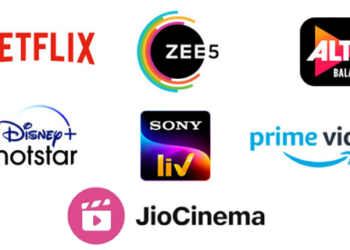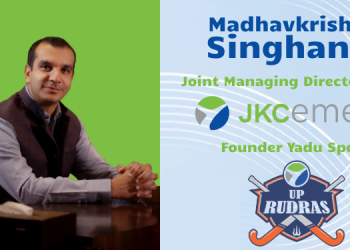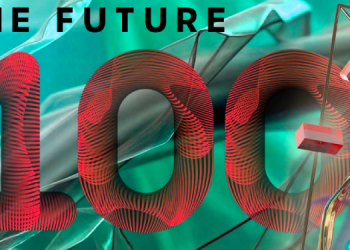It has been 100+ days since India went under lockdown. The country is slowly opening up now. The recent outbreak of the COVID – 19 has caused a tectonic shift in most people’s lives.
WFH is the new norm now, many companies are now willing to extend this facility even after the lockdown is lifted. In our endeavour of bringing our readers views from a wide variety of stakeholders in the industry.
The key role of Nikhil Rungta, Country Manager, India, Verizon Media is to drive the success of the company’s leading consumer brands, advertising products and partnerships in the country. He also oversees Verizon Media’s Bangalore center, with teams representing key global operations and mission critical functions. Verizon Media offers an industry-leading, integrated digital media platform to prepare, deliver, display and monetize online content. The company’s platform is built on a global network that has over 130 points of presence on six continents, ensuring high-quality viewing of digital content on any device, anytime, anywhere. The platform powers websites, apps and OTT video services for many of the world’s largest publishers, media companies and enterprises
Optimum use of the lockdown period.
As a company, we feel proud to be shaping the narrative on mental health through our brands, and adopting the same values and empathy internally has helped us understand the pressures of the new normal and how we can maintain forward-movement. Staying mindful of our employees’ mental wellbeing, given the burnout and rising stress levels this pandemic has brought on, has guided us over the past few months.
We launched several initiatives for our employees’ mental, physical, and emotional well-being. From 24/7 confidential virtual counselling sessions, to inviting physicians and mental health experts to join our internal All Hands, for instance. Our CEO, Guru Gowrappan, led from the front throughout, facilitating dialogue with transparency through virtual Q&As with employees. Finally, we didn’t underestimate the importance of fun — from virtual Zumba sessions to online Bingo and a ‘Daily Connect’ newsletter.
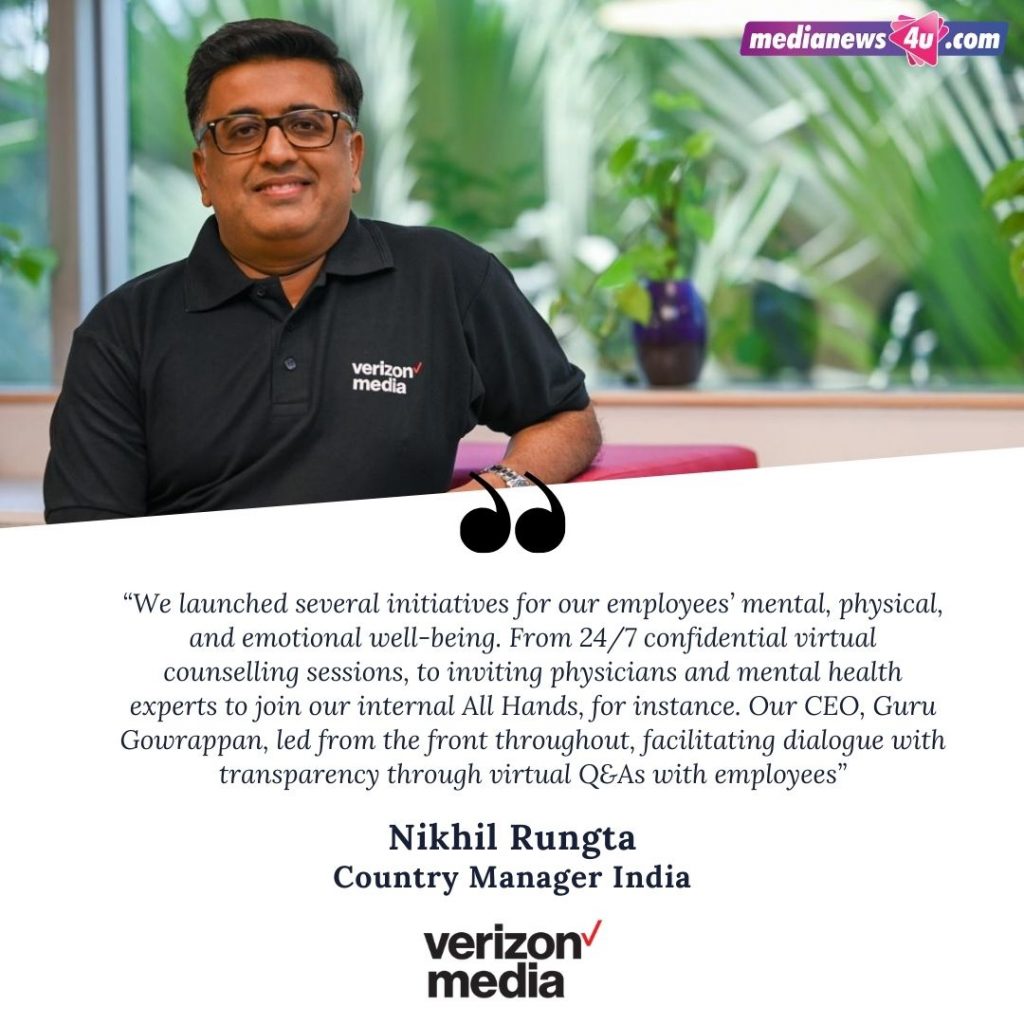
“Five Cs” helped keep us focused:
- Connect (e.g., through regular meetings)
- Collaborate (work together to build new ideas)
- Create (innovate for changing conditions)
- Culture (keep it fun)
- Community (we’ve got to win together, by also helping and serving our community)
With the right focus internally, our teams were equipped to take forward the impact to our users. Through special sections like Working from Home, Yahoo India Good News, Yahoo Life, Coronavirus Updates and the successful podcast series Lockdown Diaries, which found a lot of love on social media, Yahoo India has addressed concerns many Indians have been grappling with through this crisis.
Innovations in the Digital Industry
Advertisers are going to need different strategies to navigate the new normal, where customers have been ‘digi-rupted,’ and consumer behavior continues to evolve. There is no one-size-fits-all solution. Businesses have to balance brand and performance goals in this challenging scenario, as lockdowns continue, and restrictions on mobility impact physical shopping. Accordingly, brands have to stay alert to new user needs, using digital technology and next-gen content experiences to connect with customers online. To share an example, one of the things stopping consumers from buying furniture right now is the potential lack of social distancing. But what if you could stand in the comfort of your living room and see how a new sofa set looked — at scale, through an Augmented Reality (AR) ad experience? A customer could virtually assess how it looks, its size and the space it would take up. This could effectively turn browsing into buying. We are seeing native AR ads offering convenience, utility, and a seamless path to purchase online for customers, even through lockdowns. Many of our clients are working with us to explore the full potential of such Extended Reality (XR) experiences. If you take DOOH, brands can use technology to model different levels of lockdown restrictions and make an informed decision for their next DOOH execution.
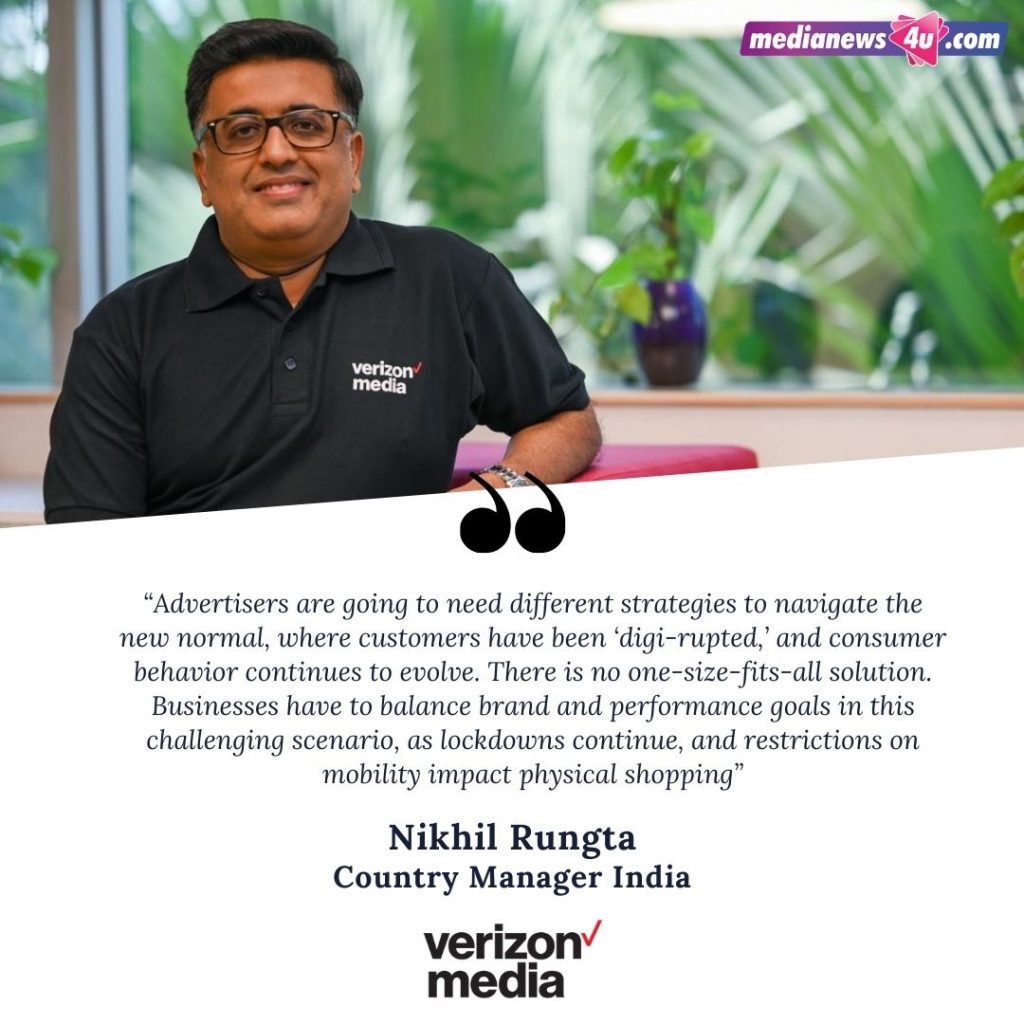
What kind of communication tools have been developed by Verizon Media for clients during the COVID-19 period?
We have established strong communication channels for our clients through this crisis. With strategic conversations to understand their challenges, we have shared guidance and consultancy to address their evolving business needs, partnering on innovative, tech-led solutions to help them adapt and pivot. One successful and well-received communication initiative was a webinar series for both agencies and advertisers on how certain platform strengths on our DSP can be leveraged for greater efficiency and gains in the post-COVID-19 world.
Why ‘now’ is an effective time for brands to explore the full potential of programmatic advertising, for formats such as native, but also to tap major new ‘streaming’ opportunities that have risen through this crisis, like Connected TV (CTV) and programmatic audio?
Advertisers today are working with much tighter budgets, while simultaneously switching gears. The ability to effortlessly shift their media mix is critical in this scenario. Marketers need simplicity, flexibility, and transparency to buying media, managing campaigns and maximizing performance. Our programmatic DSP has seen significant growth through the pandemic because it gives advertisers the flexibility to meet whatever goals they have and on any screen.
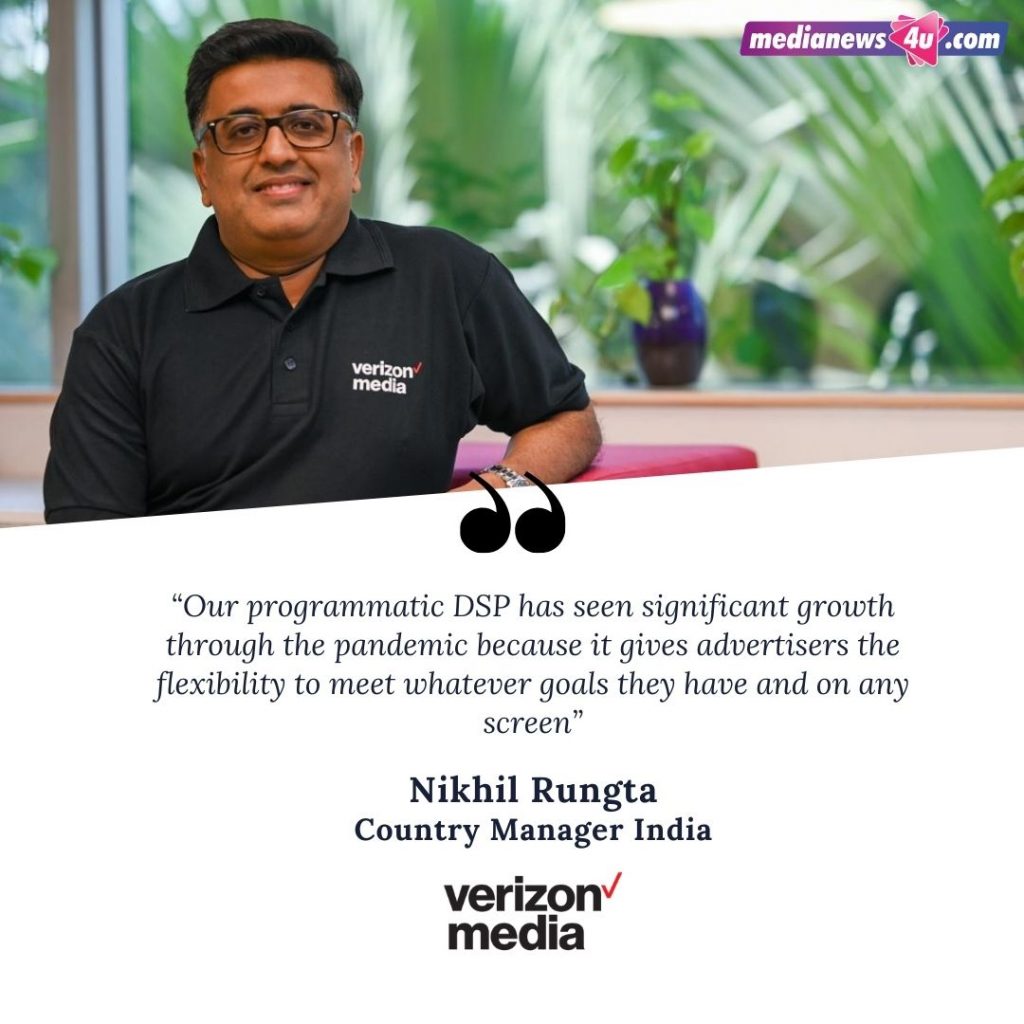
Programmatic advertising in that sense offers huge potential in the current landscape where relevant targeting opportunities could make all the difference. Brands will have to proceed with ‘TACT,’ relying on Tracing, Agility, Connections and Transparent solutions built with integrity. Our DSP offers more than just targeting advantages. It gives advertisers control over every aspect — from planning, buying and management, to insights and optimization — across all formats and exclusive inventory opportunities.
Dynamic creative optimisation – using real-time data to determine which creative to show in different situations – is one of the key ways programmatic can help your brand’s personality and purpose shine through, especially now. Switching media and messages is something brands can do with programmatic in real-time. Analytics can guide you on which message is resonating with which audiences and on which channel.
As we’re seeing first-hand with clients, the benefits of programmatic extend across channels. Programmatic CTV advertising and programmatic audio have risen phenomenally through the pandemic. We see CTV becoming a crucial channel for successful video advertising going forward. Programmatic CTV offers tremendous advantages — from effective targeting to delivering highly viewable, non-skippable video campaigns. Programmatic audio will also surge. A Kantar and VTION report found music streaming platforms saw a 42% increase in time spent on their platforms in March 2020 — users may no longer be listening on their commutes, but they are now streaming throughout the day! Programmatic audio equips advertisers to reach these listeners when they are deeply engaged over multiple devices, in a brand safe, ad blocking-free environment. This without having to compete with other advertisers.
We live in an omnichannel world, and programmatic offers marketers the opportunity to start thinking differently about their media planning and buying – reaching audiences across all channels.
How innovative native ad formats and tech-led solutions can solve for new customer challenges and needs, especially with customers rapidly moving online to digital channels?
With the customer journey shifting online through this crisis, the digital ads consumers engage with today play a major part in their purchase decisions. Interactive storytelling with native formats can draw your audience in, to engage with your message more effectively. Innovative native formats such as carousel ads, for instance, encourage users to swipe through multiple images at a time — our research showing they hold a consumer’s attention for 70% longer than static imagery. At a time when brands are looking at how to stay on a customer’s radar, interactive formats can sustain and help aid a lift in brand awareness.
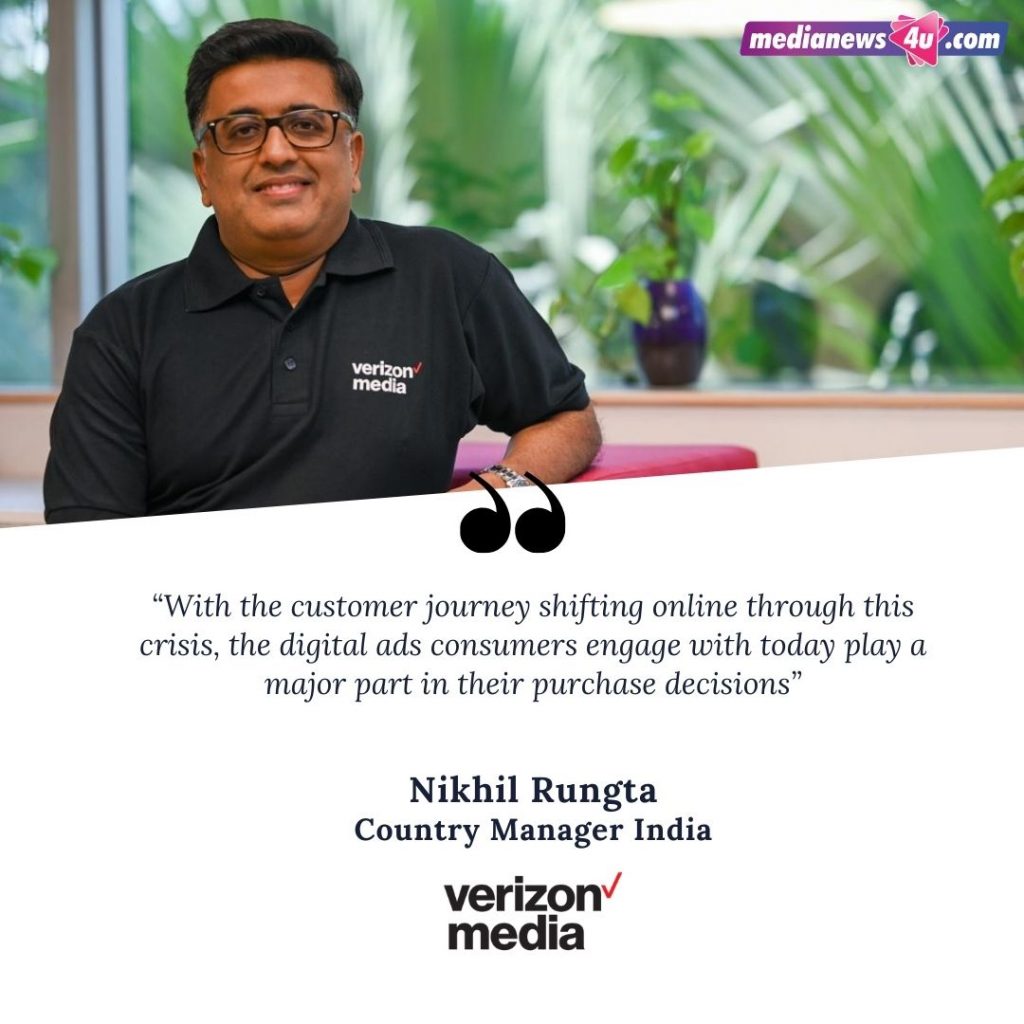
With immersive native ad formats, customers can interact with your story at a whole different level that is useful and relevant right now. With stores shut during lockdowns, AR native ads offer the closest experience to seeing a product in person — being a 3D ad format, consumers can experience a product from all angles. AR native ads are also great for current use cases where customers want to test virtual versions of products on themselves, like jewellery, accessories, clothing or cosmetics, before buying. Our native AR ads offer a functionality where users can flip the AR experience to a smartphone’s front-facing camera, unlocking new engagement opportunities with a collection of ‘Face Features’ — it’s fun and makes it convenient to shop virtually.
This pandemic is accelerating how marketers leverage the next generation of innovation to connect with consumers. Global research by Verizon Media after the outbreak showed that 70% of consumers think brands should innovate with new technology during crisis times, and 3 in 4 consumers want new content experiences that are interactive — that’s a direction we are moving in rapidly.

